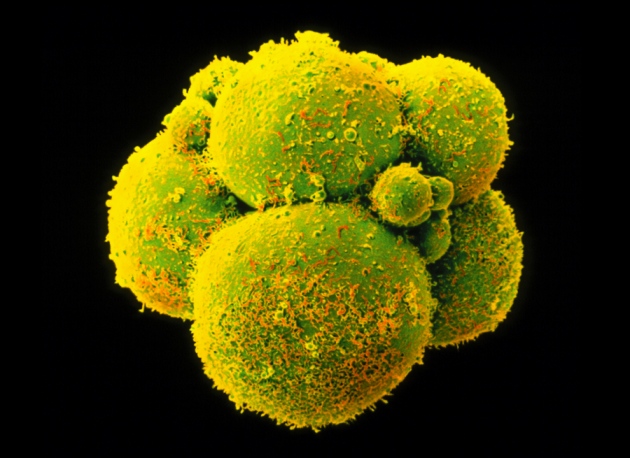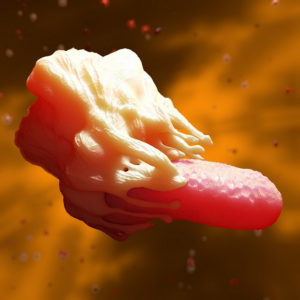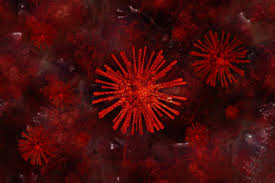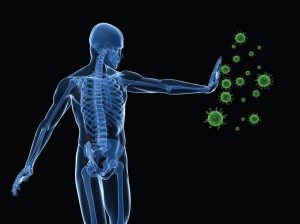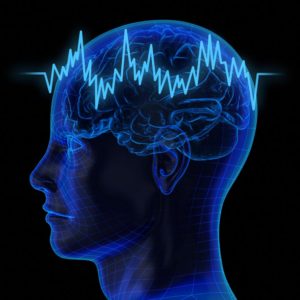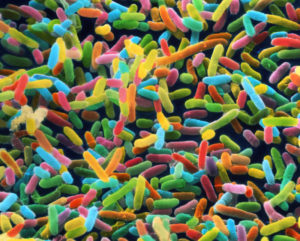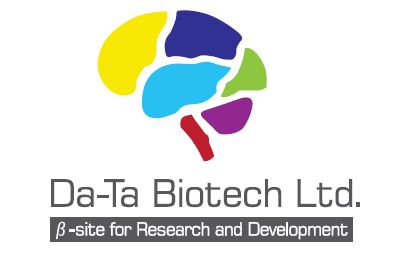Over the past five years, various studies have shown that mouse and human stem cells can spontaneously organize in a dish into 3D structures that are increasingly similar to mouse1–5 or human6–8 embryos. All that is needed is the right number and combination of cells, growth factors and, sometimes, a means of physically confining the cells, such as in microwells8.
In the past 18 months, researchers have taken a significant step forward, using mouse models. They have incorporated tissues into the models that resemble those that become the yolk sac and placenta. In mammals, these ‘extra-embryonic organs’1,4,5 grow in synergy with the embryo, mediate its implantation and form the interface with the mother.
In short, it now seems feasible that stem cells can be developed into models that are almost indistinguishable from embryos in the lab. Such models can also be transferred into the womb of a mouse1, where they begin to implant.
These models open up all sorts of possibilities in research. Studying mouse and human embryogenesis in the lab could lead to better infertility treatments or contraceptives, more-effective and safer in vitro fertilization (IVF) procedures, the prevention and treatment of developmental disorders and even the creation of organs for people who need a transplant (see ‘Why model embryos?’).
These models also raise profound ethical questions. What should their legal and ethical status be now, and in the future as they are refined? Do the probable insights these embryo models provide outweigh possible ethical concerns? Because of the potential benefits, is there now a moral imperative to develop this research?
In 2015, various commentators, including four of us (M.P., M.M., G.deW. and W.D.) flagged the potential ethical implications of developing embryo models from stem cells9. At the time, investigators had modelled only a short span of development. No precursors of the extra-embryonic tissues had been generated.

